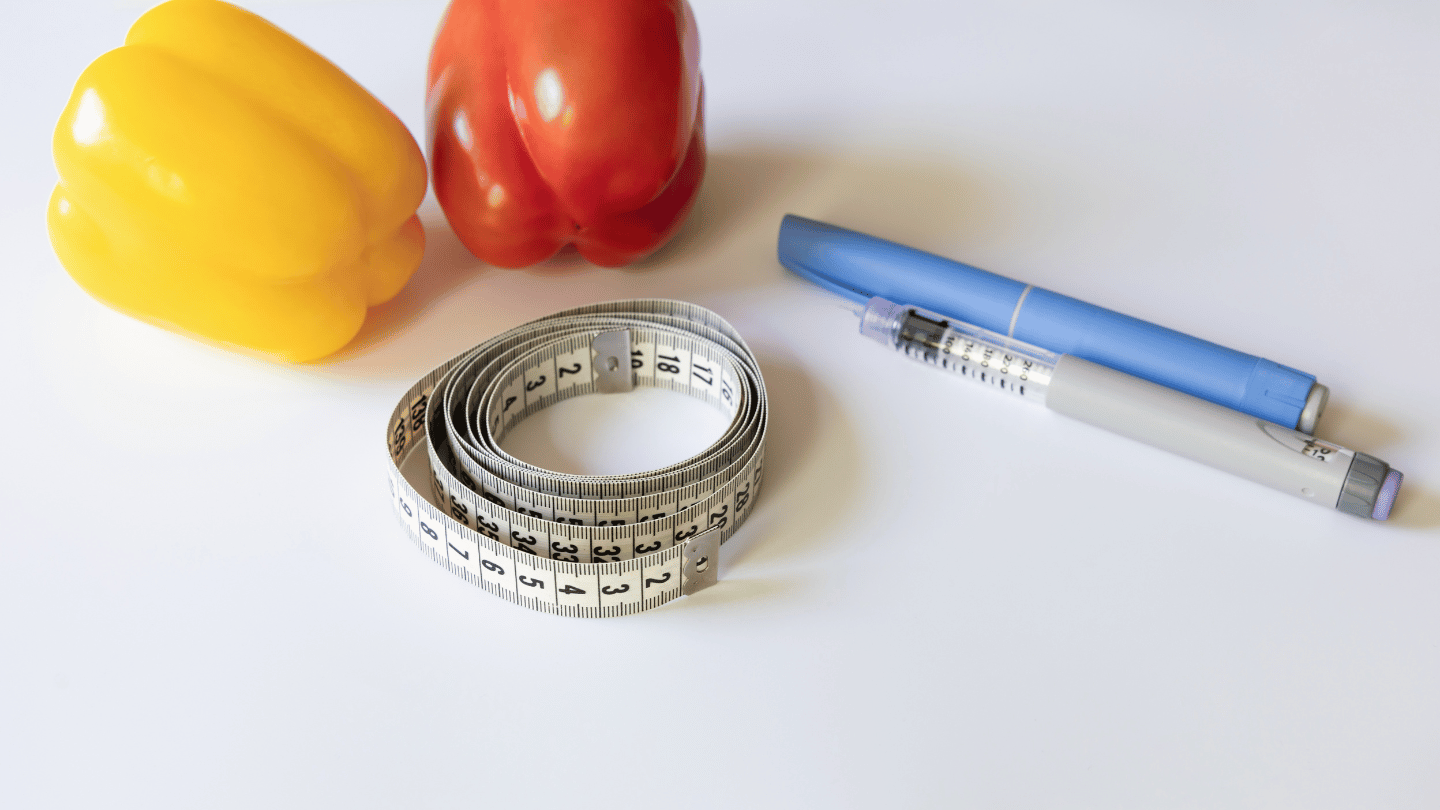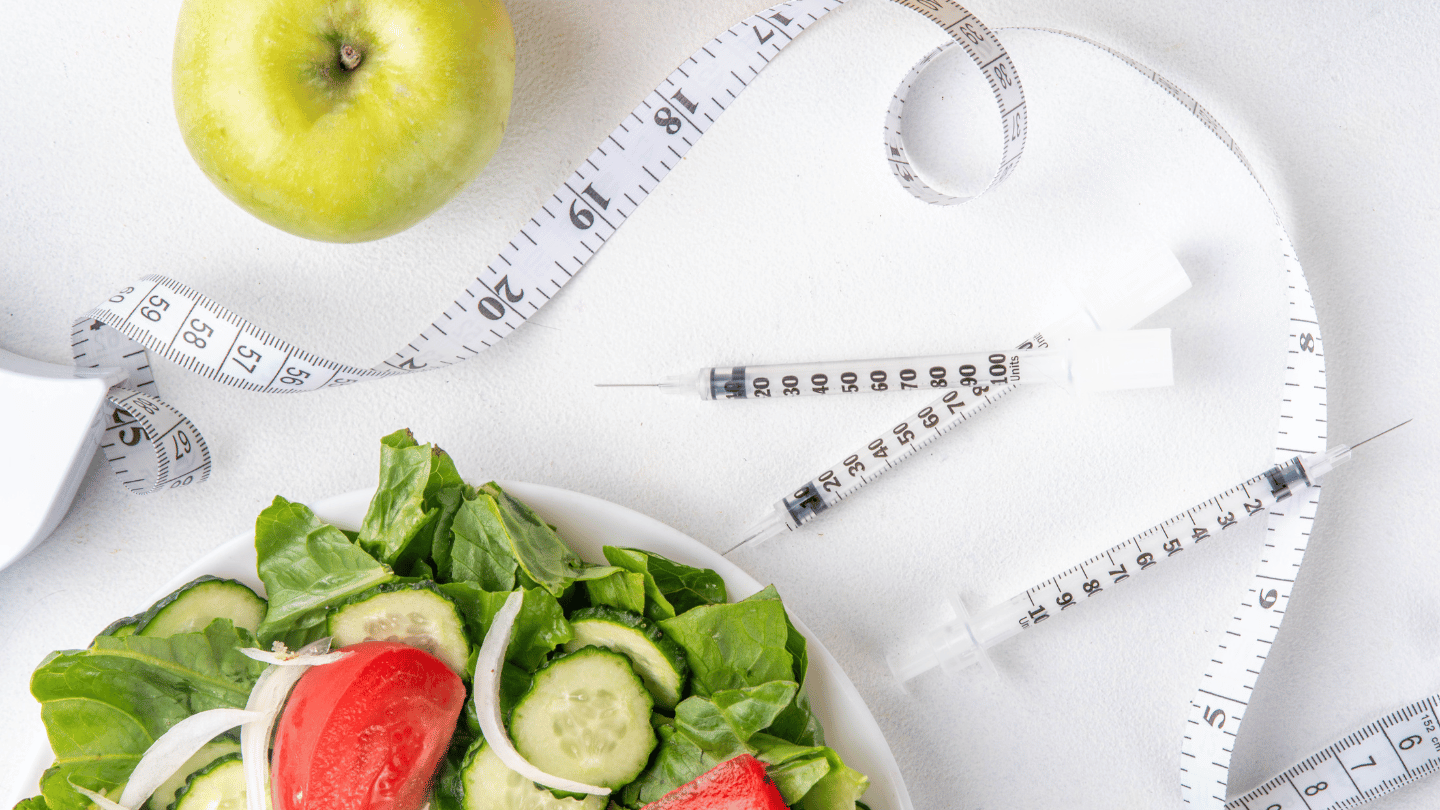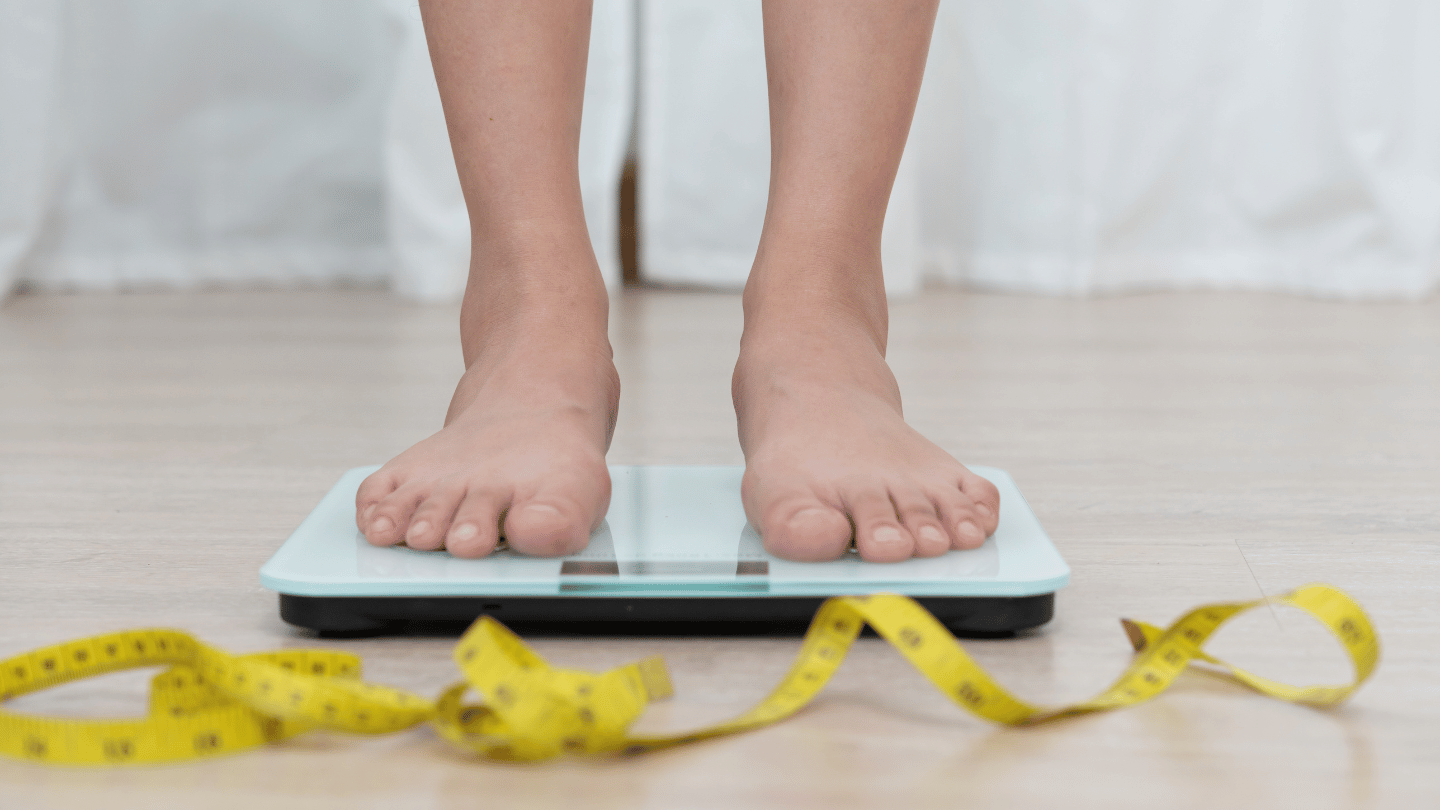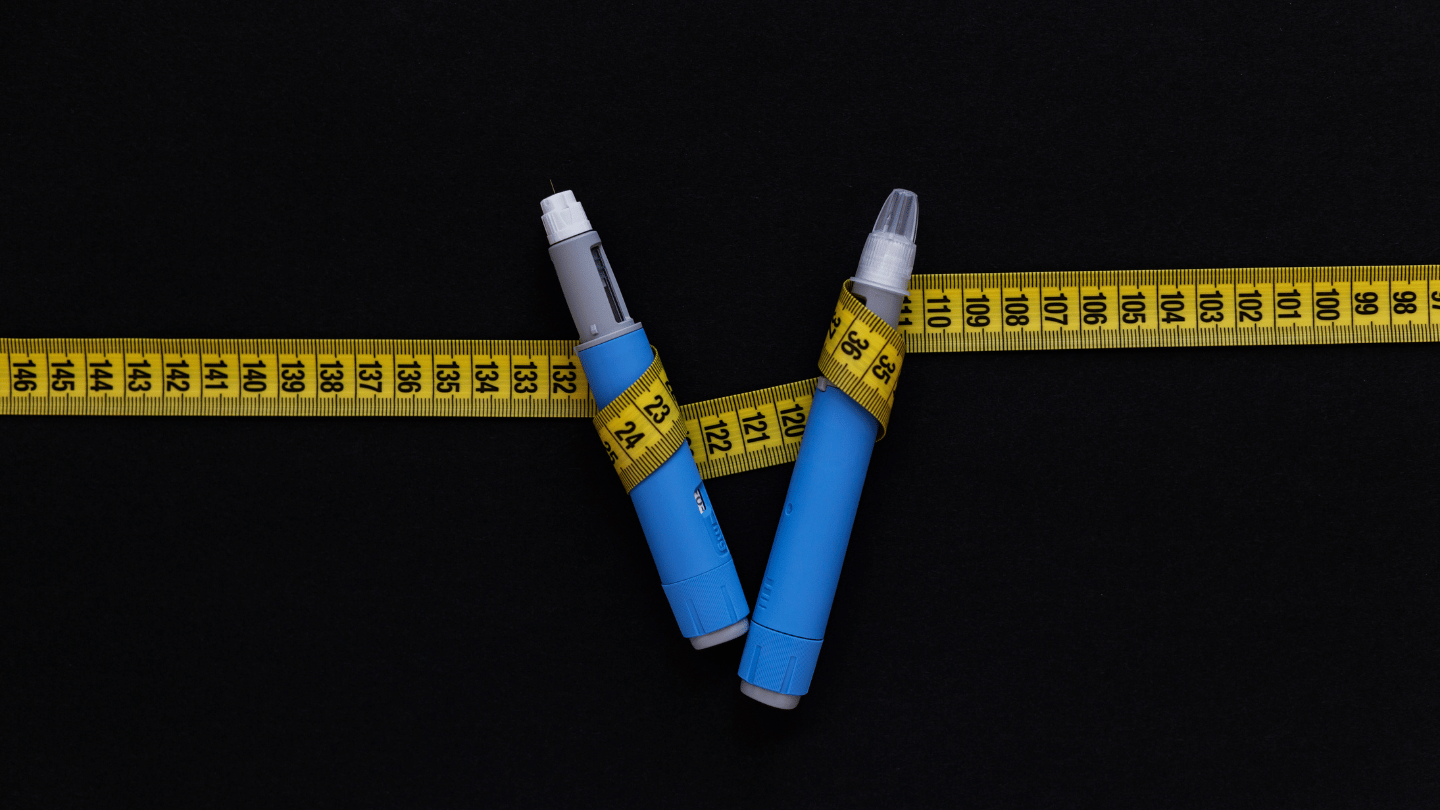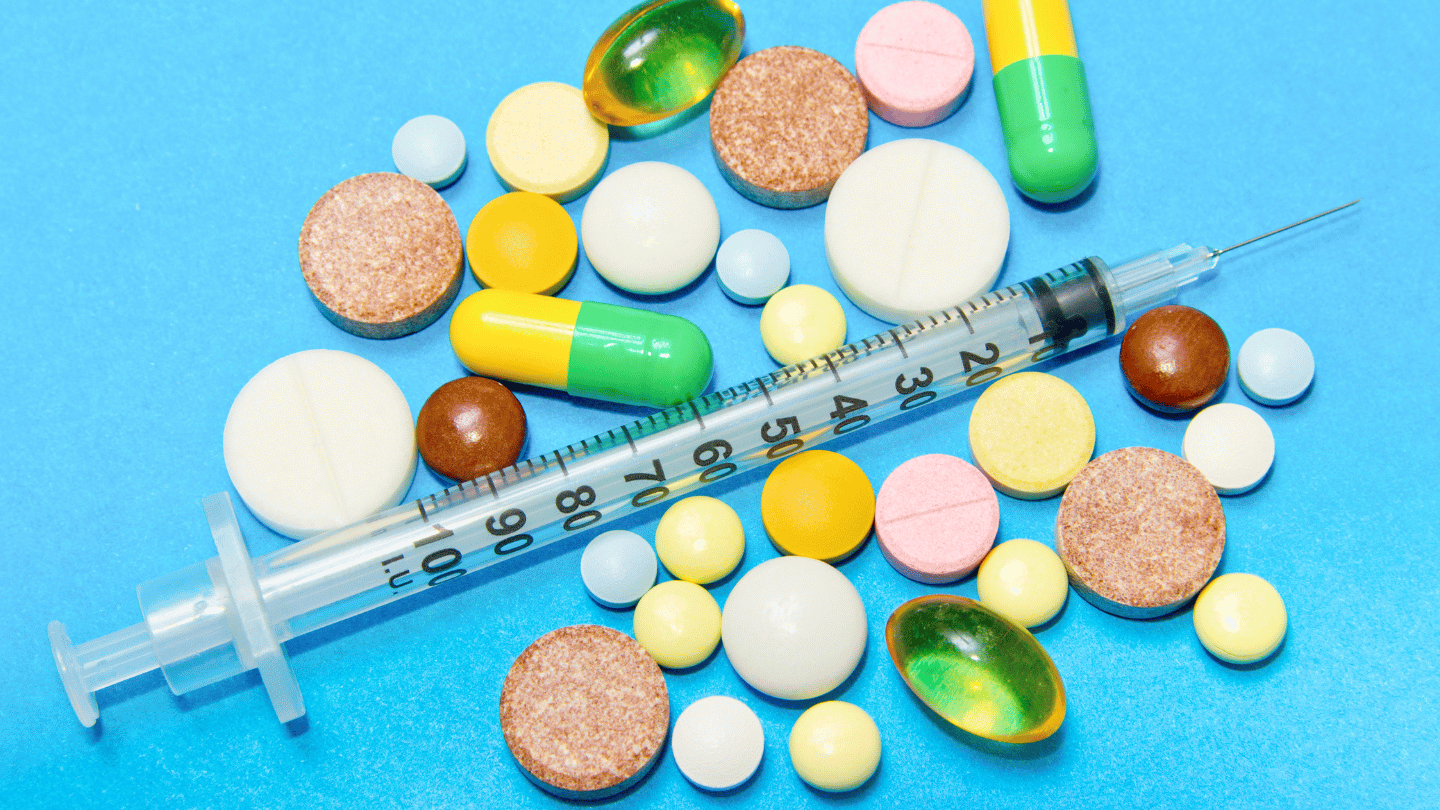High cholesterol and obesity are both risk factors for cardiovascular disease—and a whole host of other potentially dangerous conditions. So if you’re one of the millions of Americans living with both of these conditions, it makes sense to try lowering cholesterol and losing weight at the same time.
If your weight is in the obese or overweight range, you’ve likely heard advice like “eat fewer calories and exercise more.” And if your cholesterol levels are high, you’ve likely been told to “follow a diet low in saturated fat.”
While these are not bad pieces of advice, they are oversimplified. Keeping our bodies healthy—and our life expectancy long—takes a bit more knowledge. Here are 5 important facts you might not know (but should) about lowering your cholesterol and losing weight.
Want to start with the basics of cholesterol and weight?
Read our article Cholesterol’s Link to Weight Loss and Weight Gain and see how cholesterol levels, unhealthy fat, metabolism, and more are all connected.
Fact #1: Your body turns excess sugar into fat
If your LDL and triglycerides are high, your doctor will likely recommend you stick to a cholesterol-lowering diet that limits the amount of saturated fat you eat—but saturated fat isn’t the only culprit when it comes to worrisome cholesterol levels.
Eating a diet low in saturated fat can help bring down your LDL (“bad” cholesterol) level—but it may not have a big effect on your triglycerides. That’s because your liver converts excess sugars (like fructose, sucrose, and glucose) into triglycerides (fats that circulate in your blood). Not only does this lead to excess stored fat in your body, but it can also lead to insulin resistance.
To help your body limit the amount of energy it stores as fat, you should try to replace the portion of your diet that is made up of sugar and refined carbohydrates with whole foods that haven’t had additives processed into them.
Fact #2: When cutting unhealthy foods from your diet, be sure you understand what’s replacing them
When discussing weight loss, it’s common to hear “just burn more calories than you eat.” And while generally healthy people may have some success with this method, people with metabolism issues likely will not. When the complex workings of metabolism are added to the equation, it becomes clear that not all calories are created equal. As a result, it’s important to pay attention to what types of foods you are choosing to eat.
Let’s look at two methods you can use to choose foods: counting macros (and their subcategories) and choosing Whole Foods.
Method A: Counting macros (and their subcategories)
One way to categorize foods is by macronutrients or “macros.” Every food falls into one of the three macro categories:
- Fats
- Carbohydrates
- Proteins
The problem with counting macros, though, is that if you decrease one type of macro in your diet, it can be tempting to increase another type to make up for it. Here are two common examples:
People who try a low-fat diet tend to eat more carbohydrates. Foods with labels that read “low-fat,” particularly foods like salad dressings and flavored yogurt, aren’t necessarily better for you. Taking the fat out of food takes away the flavor—so the flavor is usually put back in using sugar. Also, processed carbohydrates like breads, pastas, and breakfast cereals may not contain much fat, but the kind of carbs they contain (that is, carbs that break down easily in the body and lack natural nutrients) are just as bad for you.
If you notice you’re replacing fats with carbs, one solution is to focus on saturated fats vs. unsaturated fats. Do your best to replace foods high in saturated fats with foods low in saturated fats (that is, get the fat your body needs from unsaturated fats instead).
People who try a low-carb diet tend to eat more saturated fat. Reducing your sugar and carbohydrate intake is not a bad tactic—in fact, it is a great solution for some people because it can help with diabetes and can help some people lose weight. One argument against the low-carb diet, though, is that those cut carbs are often replaced with saturated fats, which research has shown can increase LDL (“bad” cholesterol) levels.
If you find you’re replacing carbs with fats because cutting carbs makes you hungry, try this instead: Replace processed carbs (think sugary soda/juices, pastries, and white bread) with whole grain and nutrient-rich carbs (like brown rice, potatoes, whole fruits, and vegetables).
Method B: Choosing whole foods
Instead of categorizing and tallying every ounce (or gram) of food you eat, you can use a broader approach to selecting foods to stock in your fridge and pantry. Despite the endless ways of dieting, leading health and nutrition experts largely agree on several guidelines:
- As a general rule, the fewer ingredients a food contains, the better; as much as possible, stick to unprocessed or minimally processed foods
- When shopping for protein, select lean meats such as skinless chicken, turkey, and fish; when choosing red meat, opt for lean cuts (round, sirloin, chuck, loin, “choice,” or “select”) with no more than 15% fat; when choosing pork products, grab leaner cuts like tenderloin, chops, or ham
- When selecting carbohydrates, choose whole carbohydrates (also called complex carbohydrates) instead of highly processed carbohydrates that have been stripped of their nutrients; whole carbs provide lots of fiber, vitamins, and minerals
- Eat more fruits, vegetables, and whole grains—as a result, you’ll take in more fiber, which is excellent for your gut health
- What to limit: refined grains, fried foods, processed meats, baked goods, and sugar-sweetened foods and beverages
Overall, don’t go extreme in any one direction—it’s just not sustainable for most people. For example, don’t try ketogenic (“keto”), Atkins, or the ultra low-fat diet unless your doctor has indicated one of these diets as a treatment for you. If you’d like to follow a diet, one feasible option is the Mediterranean Diet, which has been associated with a reduced risk of cardiovascular diseases such as heart attack.
What are “processed” foods . . . and how can I avoid them?
There’s really no such thing as a “bad” food, when it’s in its natural state. The nutrient density and healthfulness of what we eat and drink are determined by how the original food has been processed by the manufacturer and/or prepared in the kitchen. For example, raw mushrooms are a superfood—but if they’re breaded and deep fried in oil, they become an overprocessed food that should be limited.
According to the Nova food classification system, food can be put into 1 of 4 categories, based on how much it has been modified from its original, raw state. Here’s a breakdown of the categories:
Nova Classification of Foods
| Type of Processing | Examples | |
| Group 1: Unprocessed or Minimally Processed | May remove inedible or unwanted parts | Fresh or frozen foods, nuts, seeds |
| Group 2: Process Culinary Ingredients | Pressing, refining, grinding, milling, drying | Olive oil, butter, lard, sugar, maple syrup, honey, salt |
| Group 3: Processed | Adds oil, salt, sugar; canning, pickling, curing, fermenting | Canned foods, bread, cheese, beer, wine, sausage |
| Group 4: Ultra-processed | Extraction and chemical modification | Pizza, ice cream, soda, TV dinners, canned soup |
Generally speaking, processed foods are found in the center of the grocery store, and whole foods are found around the perimeter—although, processed meats are a perimeter food to watch out for. The upsides of processed foods are that they tend to be tasty, easy to make, and last for a long time—just a few of the reasons why Americans have become so dependent on them. The downsides of processed foods include weight gain, changes to metabolism, and many other unhealthy outcomes.
Fact #3: Exercise has epic benefits—but you can’t exercise away an unhealthy diet
First things first: We don’t say this to discourage you from exercising but rather to help you set realistic expectations for any cholesterol-related or weight-related goals you have that are tied to exercise.
Exercise and weight loss
Exercise alone generally doesn’t directly lead to weight loss because our bodies are pretty good at regulating the total number of calories we burn each day—and these internal adjustments that are out of our control make it especially hard to lose weight. For that reason, it’s usually recommended to pair regular exercise with a healthy diet.
Exercise and cholesterol
In general, aerobic exercise tends to increase HDL cholesterol (“good” cholesterol) and decrease triglycerides. However, researchers have found the effect that exercise has on LDL cholesterol to be very small. Research has also shown that weight loss interventions with and without physical activity result in similar effects on lipid profile.
Now, back to the epic benefits of exercise—which, unfortunately, only 1 in 5 American adults are taking advantage of.
To reap the benefits of exercise, the Physical Activity Guidelines for Americans recommends the following:
- At least 2 hours and 30 minutes of moderate aerobic exercise each week or at least 1 hour and 15 minutes of vigorous aerobic exercise each week
- Moderate resistance exercise at least 2 times per week (this should involve all the major muscle groups)
Remember, you should be getting at least this much exercise to see benefits—so these numbers give you a great place to start. Over time, see if you can increase the time spent on aerobic exercise to 5 hours per week of moderate exercise or 2 hours and 30 minutes of vigorous exercise. Doing so will offer even greater health benefits.
Even a small amount of physical activity is better than none.
1 in 4 American adults do not engage in any leisure-time physical activity. If this is you, make a goal today to get your heart pumping more often by doing something you enjoy.
Fact #4: Bacteria in your intestines can affect your cholesterol and your weight
The bacteria that live in your stomach and intestines, called your gut microbiome, consist of both helpful and harmful bacteria.
Research shows that people with high BMI tend to have more “bad” bacteria (that is, bacteria that contribute to insulin resistance and high cholesterol) living in their gut compared to people with a BMI in the normal range.
Fortunately, if your gut microbiome is overrun with “bad” bacteria, you can take steps to change it—and it all centers around what you eat. One way to improve gut health is to increase your fiber intake. Fiber is a prebiotic, that is, it’s a food that good bacteria love to eat—and they thrive on it. (Compare that to a probiotic, which is a food or pill containing actual bacteria.) Researchers are also starting to see that the Mediterranean Diet can change the gut microbes by increasing helpful bacteria and decreasing harmful bacteria.
Research into probiotics has found that bacteria species Lactobacillus and Bifidobacterium are especially good at reducing cholesterol levels. The best way to get these friendly microbes into your gut is to eat fermented foods like yogurt, kimchi, kombucha, and sauerkraut.
Fact #5: You may need more than diet and exercise to lower cholesterol and lose weight
Though lowering your cholesterol and losing unhealthy weight start by eating a nutritious diet, for certain patients, changing the foods on your plate may not be enough to lower health risks to acceptable levels. Cholesterol-lowering medications and weight loss medications can be life-changing options for some.
Cholesterol medications
Whether or not you take medications to improve your cholesterol levels is a decision that is specific to you and one that should be made with your medical provider. To decide if taking a medication such as a statin is right for you, your provider will consider many aspects of your health, including age, gender, diet, and all of the risk factors that either protect you from or make you more vulnerable to cardiovascular disease. They should also consider your personal preferences for taking medications.
Statin therapies can be beneficial by slowing down buildup of fatty plaques in your arteries and by stabilizing existing plaque so it doesn’t rupture (which can cause a stroke or heart attack). Statins can also work more quickly than lifestyle changes when it comes to lowering LDL cholesterol.
Though it’s rare, statins can have side effects, such as muscle pain, weakness, memory loss, and a mild increase in blood sugar levels that can lead to type 2 diabetes in some people. And it’s important to remember that a statin can only slow down the “clogging” of your arteries—it won’t treat the root cause of the disease. So, even if your provider starts you on a statin therapy, it’s still important to eat a healthy diet.
Weight loss medications
Weight loss medications may be an option for those trying to lose unhealthy weight who are not making progress through lifestyle change alone. Semaglutide, for example, can be prescribed to patients with obesity and to patients with excess weight who have a weight-related medical condition, such as type 2 diabetes, high blood pressure, or high cholesterol.
Some notable weight loss medications you can get at QuickMD are Ozempic, Mounjaro, and Wegovy.
Research has shown that semaglutide can improve glucose metabolism and lipid metabolism in people with obesity. And semaglutide, as well as similar drugs like tirzepatide and liraglutide, can help people lose weight by slowing down the movement of food through the digestive system, controlling feelings of hunger.
Who can I contact for guidance on my cholesterol and weight goals?
If you need help losing unhealthy weight, managing your cholesterol, or both, contact QuickMD today! Our providers can offer personalized expert advice on healthy lifestyle changes and can prescribe medications when appropriate to help you achieve your health goals.




